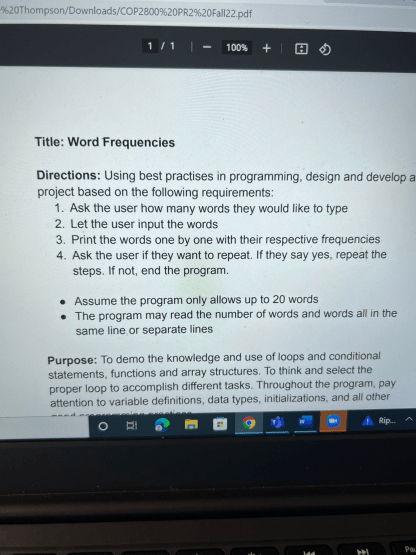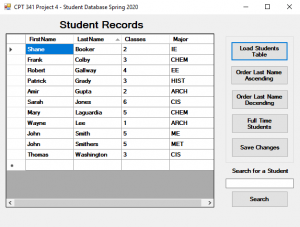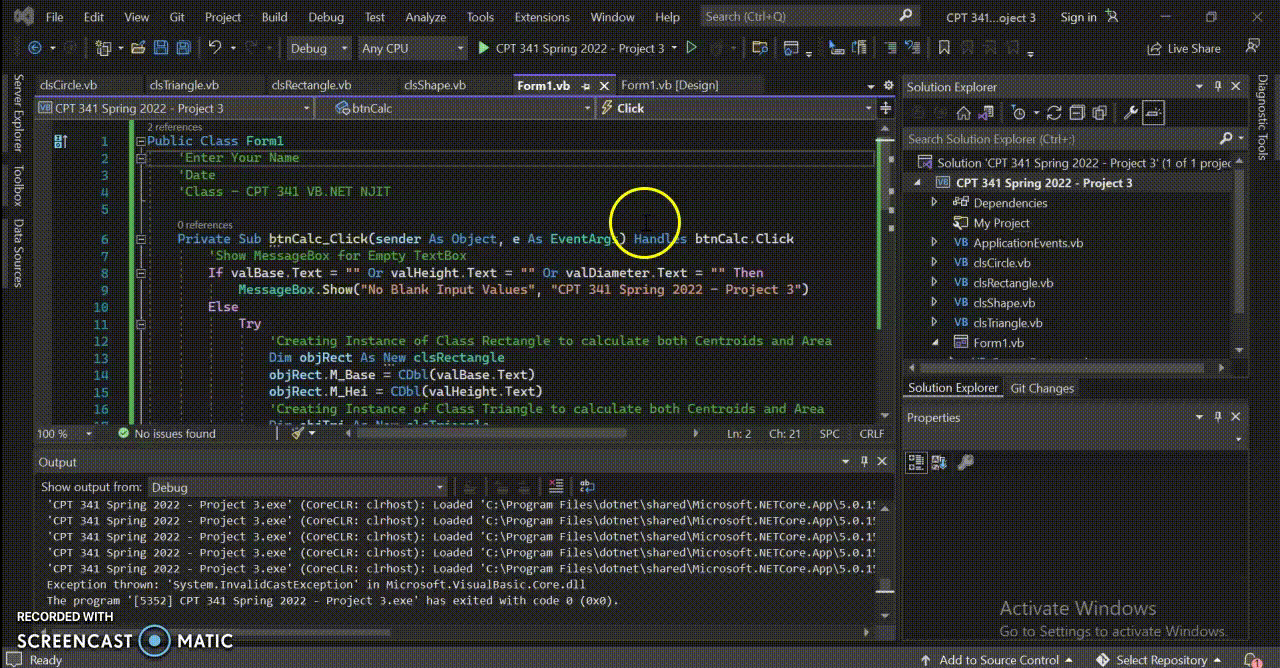-
×
 Using best practises in programming, design and develop a project based on the following requirements: Ask the user how many words they would like to type
1 × $30.00
Using best practises in programming, design and develop a project based on the following requirements: Ask the user how many words they would like to type
1 × $30.00
Subtotal: $30.00
 CPT 341 VB.NET Project 5 | Student Database
$100.00
CPT 341 VB.NET Project 5 | Student Database
$100.00
 Develop a Windows Forms application that will generate a random key used to shift a string from one character to another.
Original price was: $60.00.$50.00Current price is: $50.00.
Develop a Windows Forms application that will generate a random key used to shift a string from one character to another.
Original price was: $60.00.$50.00Current price is: $50.00.
Original price was: $60.00.$50.00Current price is: $50.00.
-17%Develop 1 base class (clsShape) and 3 sub-classes (clsRectangle, clsTriangle, clsCircle) to be used for calculating center of gravity and area of the 3 common shapes in a developed Windows Forms App.

Madison Hayes –
It’s amazing how Gotit Pro Experts provided the instant help I needed to my questions and doubts. Now I feel the satisfaction of receiving a trustworthy guidance. Strongly recommend it!